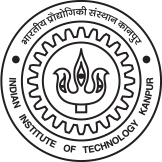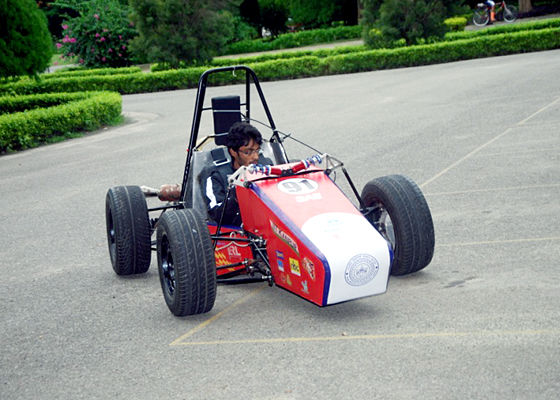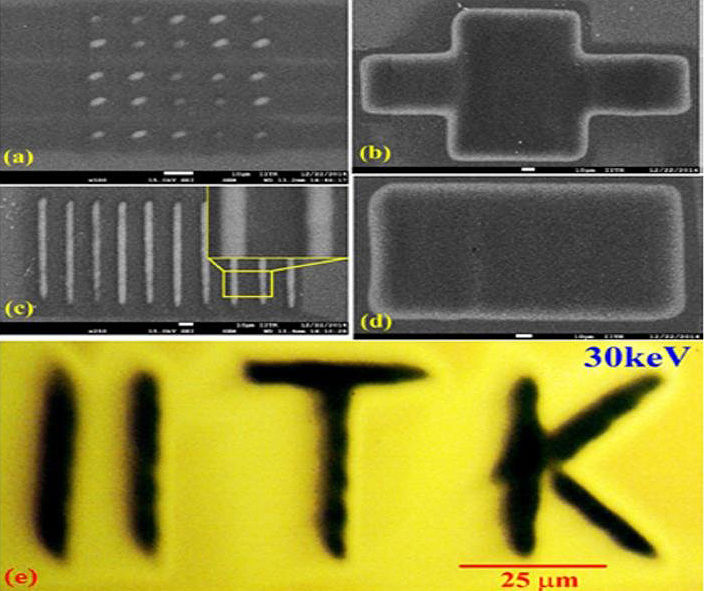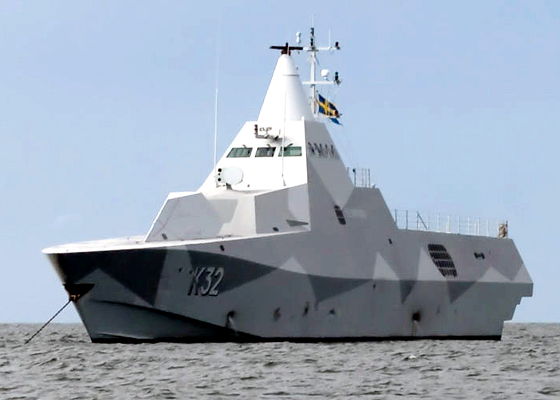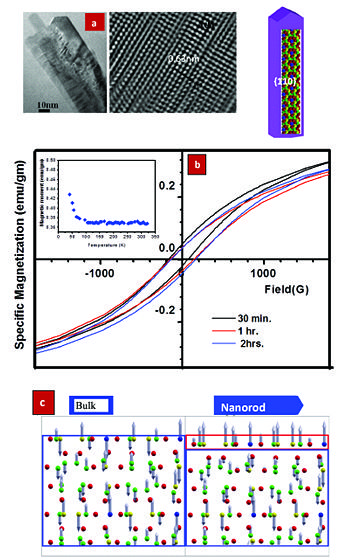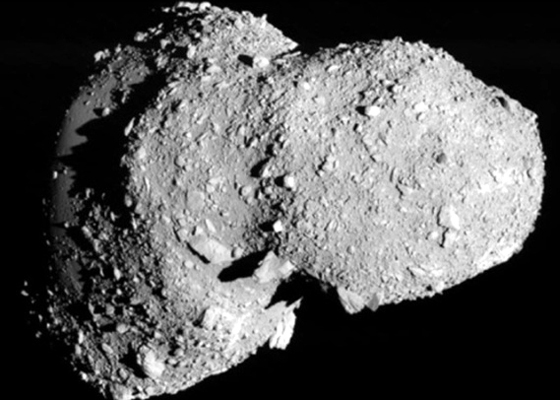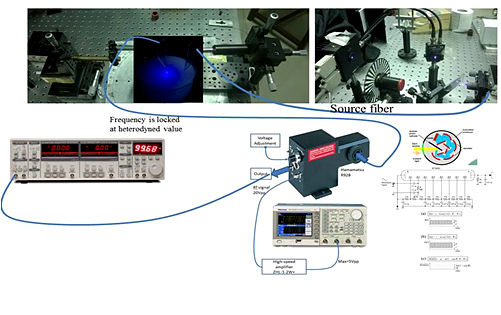
PI: Prof. Mahendra K. Verma
One of the annoying side effects of being absorbed in a gripping novel is that the cup of tea on the table becomes cold! Unfortunately, the tea would not heat itself by absorbing the heat around it, just as pieces of a broken egg would not put themselves together or milk mixed in coffee would not separate by itself. Such things are irreversible, and define a fixed direction of time—that from the past towards the future. This apparent progression of time is called the ‘arrow of time’.
In a recent study, Prof Mahendra Verma of the Indian Institute of Technology Kanpur, suggests a way, different from any previous ones, to determine the direction in which time is progressing. He uses the concept of energy cascade to define the arrow of time.
One would think that the ‘arrow of time’ is well captured in the laws of physics—those related to the fundamental forces of gravity, electromagnetism and the strong nuclear forces. However, the mathematical equations of these laws stay perfectly valid when we substitute t with -t, that is, reverse the time. So, using these laws, we cannot explain the world around us, so full of irreversible things and so clearly asymmetric in time. Then how could we capture this asymmetry of time?
“The arrow of time is an important question from the perspectives of biology, consciousness, and cosmology,'' says Prof Verma. The concept is of interest to biologists in their study of evolution and ageing, to cosmologists in understanding how the Universe began and is evolving, to philosophers in answering questions such as ‘is time real?’.
Scientists believe that the second law of thermodynamics defines the arrow of time. They describe an entity called entropy, which is a measure of the amount of disorder in a system and can be expressed mathematically. The second law of thermodynamics states that the entropy of an isolated system can never decrease; it can either stay the same or increase. Thus the direction of increasing entropy is the forward direction of time, and the direction of decreasing entropy is the reverse direction of time.
Prof Verma offers an alternative definition of forward-moving time in this work published in the journal European Physical Journal B. He notes that in dissipative systems, energy always flows from large scale or bigger chunks to small scales or smaller chunks, and this defines the arrow of time.
When we pour milk in a cup of coffee and stir it, we see a large blob of milk swirl and then turn into vortices, smaller and smaller in size. The white blobs gradually turn to brown and finally mix completely with the coffee. The energy that we supply by stirring is transferred to the large blob of milk, which breaks into smaller blobs. The energy then transfers to these smaller blobs, which break into even smaller blobs, and the ‘cascade of energy’ continues until the milk mixes completely with the coffee.
Dissipative systems are those in which energy is lost to heat, via friction in mechanical systems, via resistance in electrical systems, and via viscosity in fluids. Similar to how milk mixes in coffee, in a dissipative system, the energy supplied at large scales gets transferred successively to smaller scales (energy cascade) and is finally dissipated at the smallest scale.
“When we break an egg using a spoon, note that the initial strike causes the egg to break and that the initial energy injection by the spoon cascades down the scale. This energy transfer is asymmetric in time; the energy cannot flow from small pieces of the egg to the spoon that broke it. This asymmetry explains why we cannot put a broken egg together,” argues Prof Verma. The energy cascade thus defines the arrow of time.
In the current study, Prof Verma discusses the specific case of time reversal for turbulent flows. If we write the equations of energy transfers in turbulent fluids for reversed time (substitute t with -t), we get equations that indicate a flow of energy from small scale to large scale. Such energy transfers are never observed in reality (in dissipative systems). Thus, the energy flow from large scales to small scales defines forward-moving time, whereas energy flow from small scale to large scale defines reverse time.
Prof Verma suggests that we can apply this very principle of energy transfers to several other physical systems such as earthquakes, thermal convection and magnetohydrodynamic turbulence. However, researchers will need to work out the details of the energy transfers for these systems. “We hope that this multiscale framework may be useful for resolving some of the longstanding issues on the arrow of time in physical and biological systems, as well as in cosmology,” he concludes.
Written by Arati Halbe



